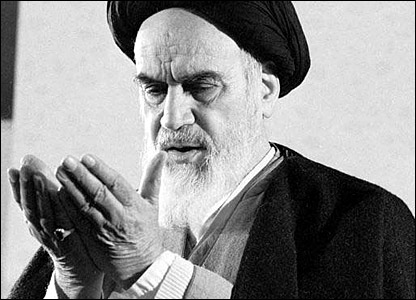
RNA - According to the public relations office of the Islamic Culture and Relations Organization, the programs will be organized in cooperation with the scientific, cultural and religious centers of the South East Asian country.
A forum titled “Imam Khomeini (RA) and Islam of Compassion” is among the programs. It is planned to be held on June 5 at Paramadina University.
This Thursday will mark the 26th anniversary of the passing of Imam Khomeini (RA).
Every year, Iranians across the country and abroad as well as people in various other countries hold mourning ceremonies to mark the decease of Imam Khomeini (RA).
In Tehran, a large number of people and officials gather at Imam Khomeini’s mausoleum in the south of the Iranian capital, Tehran, for a commemoration ceremony.
Rouhollah Mousavi Khomeini, who came to be known as Imam Khomeini, was born in the town of Khomein, central Iran, on September 24, 1902.
Coming from a family of scholars, who for generations had devoted their lives to offering religious guidance to the people, young Rouhollah began his education by memorizing the Holy Quran and later went to Arak (1920-21) and Qom (1923) to complete his religious studies.
During the 1930s, Imam Khomeini dedicated his time to teaching Islamic jurisprudence in Qom. In 1961, Ayatollah Khomeini became a Shia source of emulation and gradually entered the political arena. In January 1963, he engaged in activities against the then-monarch of Iran, Mohammad-Reza Pahlavi, who had announced his so-called White Revolution program. Imam Khomeini changed the lives of Iranians and inspired people from other countries by guiding one of the greatest revolutionary movements of modern history to victory.
Imam Khomeini passed away on June 3, 1989, eleven days after he was taken to hospital for an operation to stop internal bleeding in May 1989.
R111/108/C/